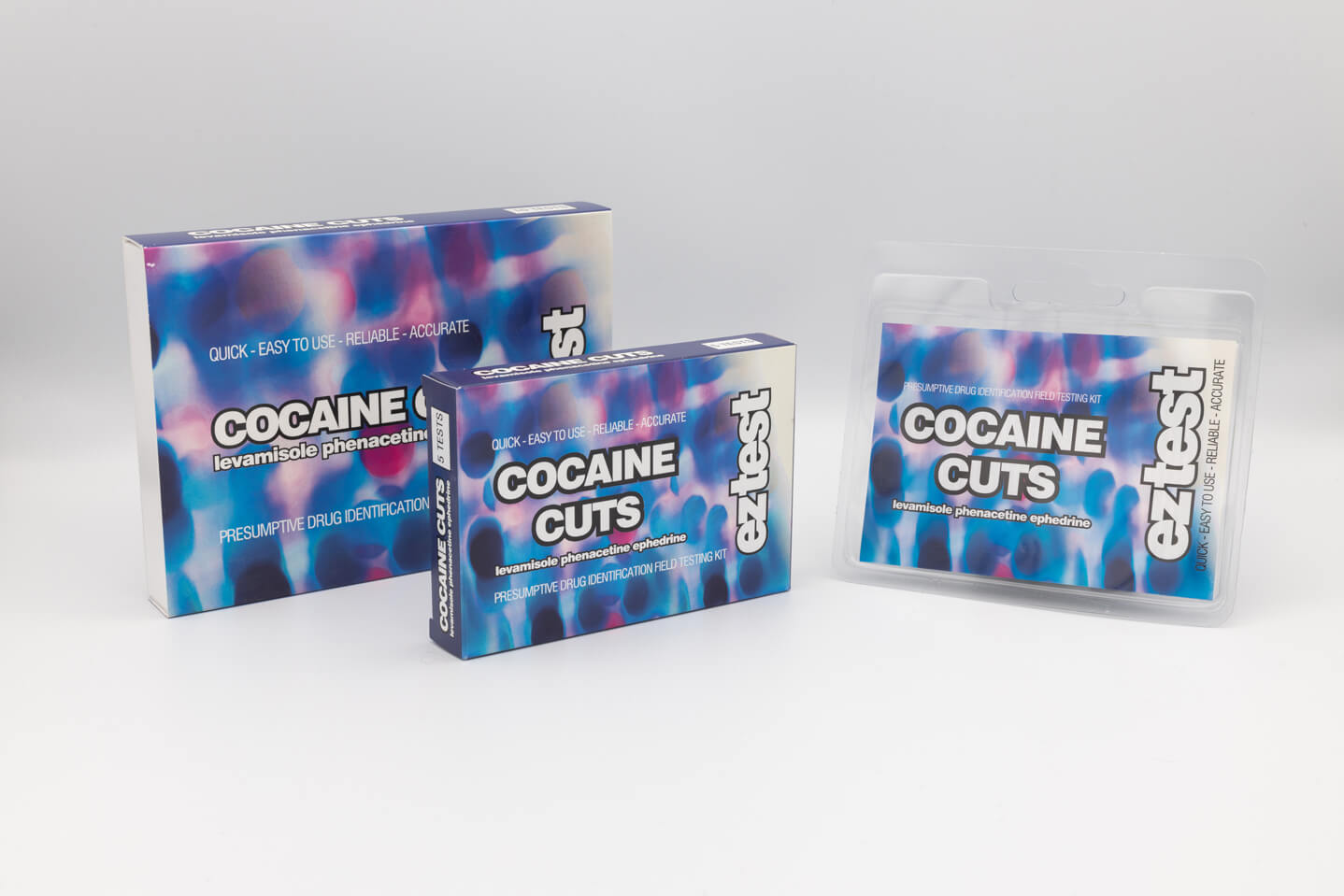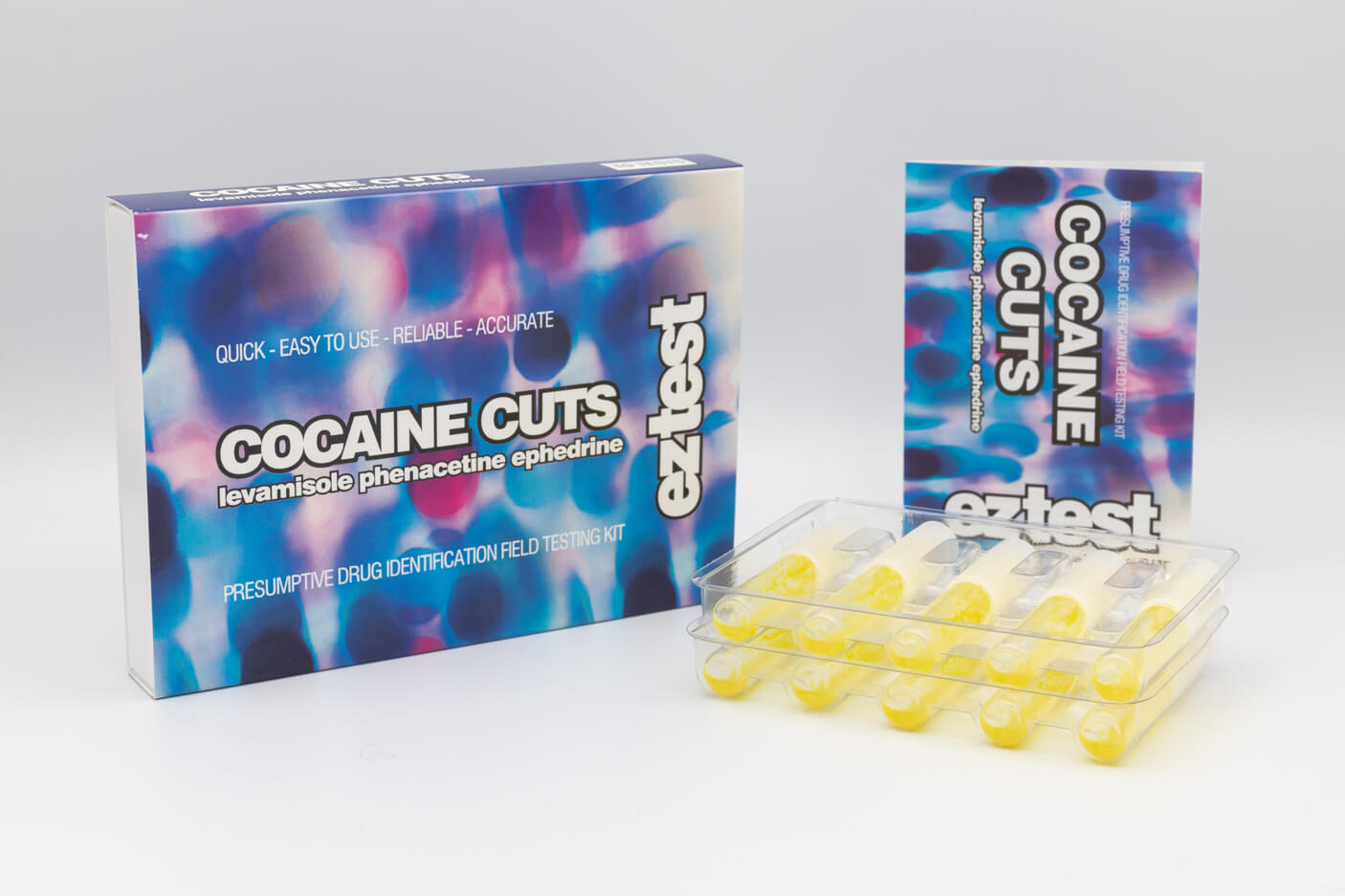EZ Test Kits
Cocaine Cuts Drug Testing Kit
Cocaine Cuts Drug Testing Kit
Couldn't load pickup availability
- Safe Shopping
- Discreet Shipping
- Secure Payments
 Cutting Agent Detection: Indicates the presence of common cocaine cutting agents including Levamisole, Phenacetin, and Ephedrine.
Cutting Agent Detection: Indicates the presence of common cocaine cutting agents including Levamisole, Phenacetin, and Ephedrine.
 Simple and Quick: Get results in a few minutes comparing test reaction colour with our results chart.
Simple and Quick: Get results in a few minutes comparing test reaction colour with our results chart.
 Testing at home: EZ Test Kits enable you to test substances in the comfort and safety of your own home.
Testing at home: EZ Test Kits enable you to test substances in the comfort and safety of your own home.
The Cocaine Cuts Drug Testing Kit by EZ Test is designed to identify some of the most common cutting agents found in cocaine. These include substances like Levamisole, Phenacetin, and Ephedrine, which are added to cocaine to increase bulk & profit and mimic its effects. This test offers a simple and quick way to check for the presence of these cutting agents.
What is a Cutting Agent?
What is a Cutting Agent?
A cutting agent is a substance mixed with the desired drug cocaine to increase its weight and volume, and the profit made from selling it. Cutting agents may also mimic the effects of the desired drug in order to create the impression that the drug is more pure than it really is.
Cutting agents can stretch supply, but also introduce health risks since some cutting agents can cause severe side effects.
What Does the Cocaine Cuts Kit Detect?
What Does the Cocaine Cuts Kit Detect?
This kit detects the following cutting agents commonly found in cocaine:
- Levamisole: An additive used in veterinary medicine to treat worm infections and, often used to stretch cocaine and enhance its effects. Levamisole is estimated to be present in 80% of cocaine sold at street level in the United States.
- Phenacetin: A painkiller that is banned in many countries due to its harmful side effects such as carcinogenesis.
- Ephedrine: A stimulant used to mimic some of the effects of cocaine. Combining two or more stimulants (such as cocaine and ephedrine) can increase strain on the heart and make overdose more likely.
The reaction will produce a colour change based on the specific cocaine cutting agent present. A colour chart is provided to help interpret the results.
How it Works
How it Works
The Cocaine Cuts Drug Testing Kit uses the Liebermann chemical reagent contained within a glass ampoule. When a small sample of the substance is introduced, it reacts with the reagent, and the resulting colour change will give an indication of which cocaine cutting agents may be present in the sample.
The Liebermann reagent is a mixture of Potassium Nitrite and sulphuric acid. It was initially developed to detect compounds containing a phenol group (an aromatic chemical group with the formula C6H5OH).
With phenols the Liebermann reagent causes nitration of the phenol group, which then dehydrates with an unchanged phenol molecule in the presence of sulphuric acid to form an
intermediary product. This is followed by an azo coupling to form indophenol. Nitrous acid and water then react with the indophenol to form its sodium salt.
Note that the specific reaction mechanism is dependent on the drugs present in the sample being tested.
Reagent Testing
Reagent Testing
What is Reagent Testing?
Reagents are chemicals (usually acids or bases) which react in a known way to the suspected contents of a sample. All reagents sold by EZ Tests are known to change colour according to the substance that they are testing for.
Reagent testing is the process of adding an unknown material to a chemical reagent to observe the reaction that follows. It is a form of forensic chemistry which aims to rule in and out certain chemicals or groups of chemicals with various reagents until the contents is known. Reagent testing does not guarantee the presence of any particular drug or the absence of any others.
Why is Reagent Testing Important?
Illicit drugs are made, sold and (often) consumed with no quality testing or indication of what they really contain. Unfortunately, this can result in bad experiences, anxiety and serious harm. Reagent tests offer a quick and easy way to get some idea of what you may be taking.
They are not perfect, and they do not replace professional laboratory testing services, but they can be vital and may save a life.
What are the Limitations of Reagent Testing?
Reagent testing cannot guarantee that a sample contains a certain drug, and it cannot guarantee that there is no other drug present. Despite testing, it is possible that a different chemical reacted similarly to the expected reaction, causing a false positive. It is also possible that there is a drug in your sample which does not react to the reagent in question, or the second reaction is obscured by the drug you expect to find, and therefore is not found in the tests. It is always a good idea to use three or more different tests on any sample, to reduce the risk of this happening.
If you are using a purity test then it is vital that you are testing a known quantity of the drug (and that this amount is the same as the amount specified in the instructions) or else the degree of colour change will not correspond to the purity of the sample.
Storage
Storage
The ampoule in which the reagents are supplied is made out of clear glass to allow reliable identification of colour changes. To ensure that the shelf life of your reagents is as long as possible, please store them in a cool, dark place such as your fridge or cool cupboard.
Safe Disposal
Safe Disposal
After testing, please ensure that the ampoule and any leftover sample are disposed of safely to prevent contamination or harm. Proper disposal helps protect yourself and others from potential exposure to harmful substances.
If the reagent comes into contact with your skin, you should wash the affected area with soap and lukewarm water for 10-15 minutes. If the reagent comes into contact with your eyes you should adhere to the same process with lukewarm water only.
Why Choose the Cocaine Cuts EZ Test Kit?
Why Choose the Cocaine Cuts EZ Test Kit?
This test is ideal for those who want to gain insight into the cutting agents that may be present in a sample of cocaine.
- Clear Identification: Detects harmful cocaine cutting agents such as Levamisole, Phenacetin, and Ephedrine.
- Quick and Easy: A simple process that takes only a few minutes to complete.
- Safety Awareness: A valuable tool for anyone concerned about what adulterants can be found in cocaine.
Share
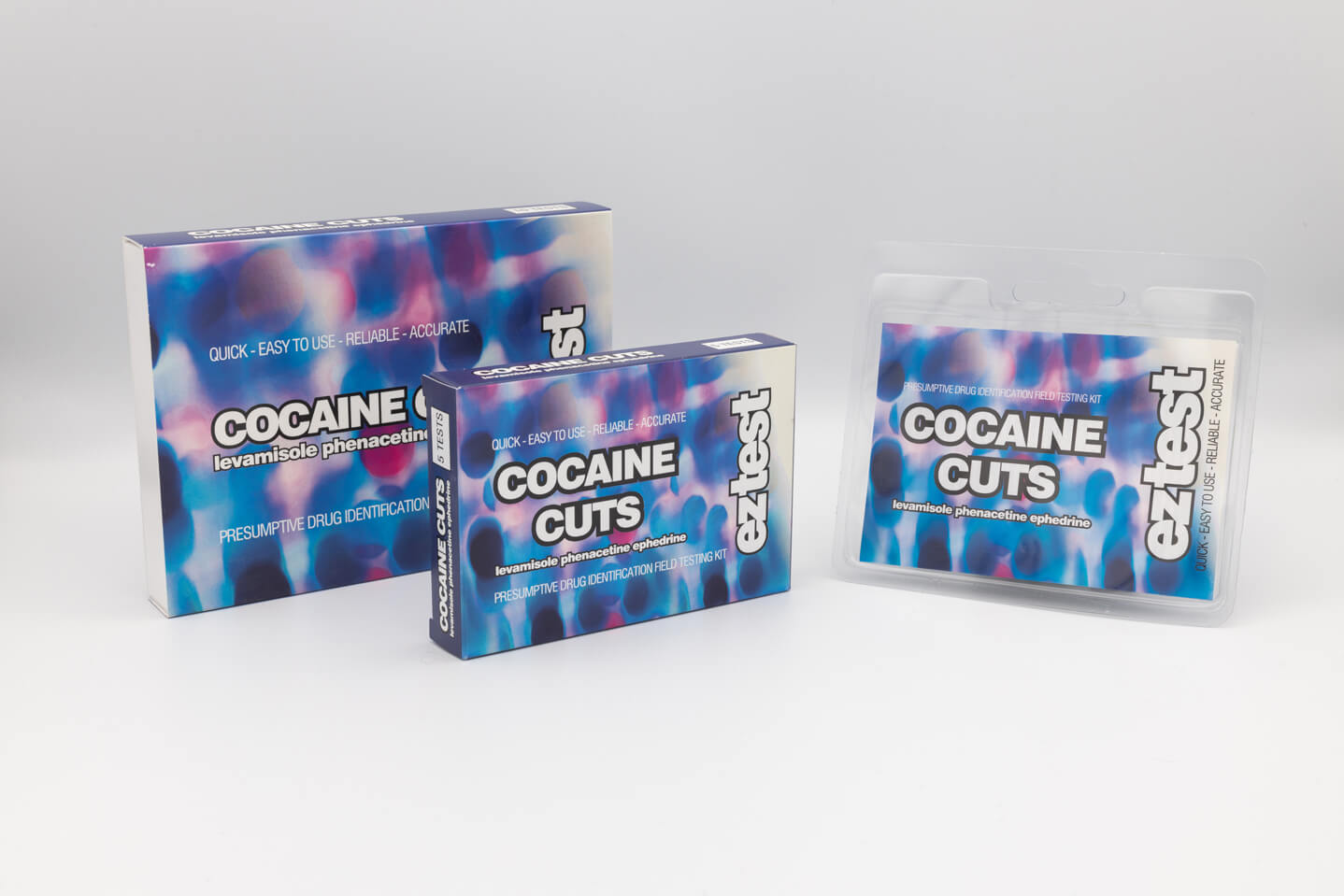
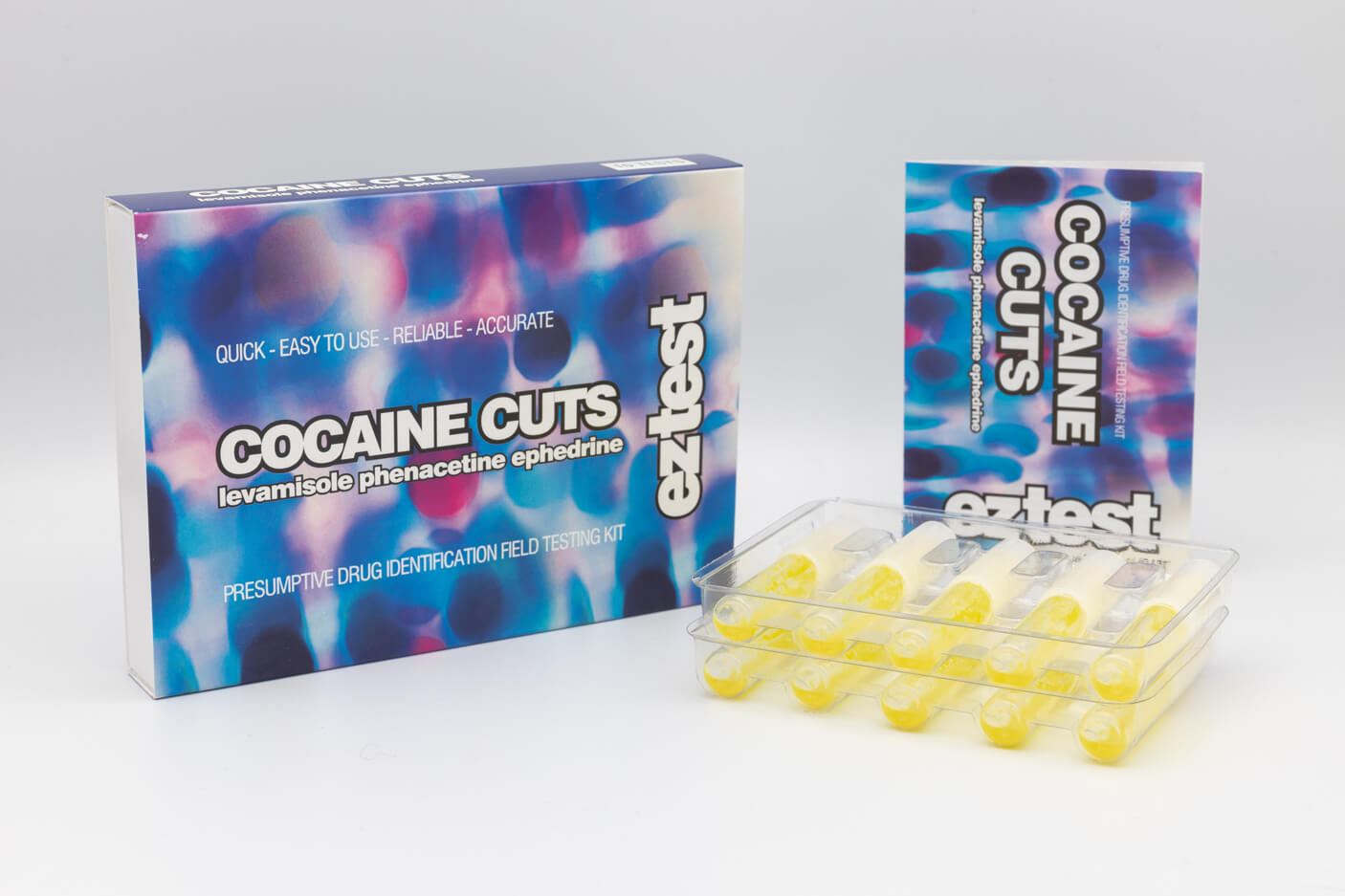
-
IMPORTANT WARNING!
- EZ Test Kits do not provide any information about how much of a substance has been detected, and accordingly do not indicate a safe amount of the drug to take.
- The positive result for presence of one drug does not mean the absence of other (potentially more dangerous) substances.
- There is potential for technical or procedural errors. Please follow the instructions carefully.
- Other factors and substances may cause false results (either false negative or false positive results for the drug you are expecting to find). These reagents are indicative only and do not provide definitive results.
- A negative result does not rule out the presence of any drug. It may be present in quantities lower than the limit of detection, leading to an apparent negative result.
- If you are unclear of your results and would like a full analysis of the substance you have please see our article on laboratory testing.
- A positive or negative test result is NOT an indication that the substance being examined is safe to use. No drug is completely safe even if it is pure. EZ Test does not condone the use of illicit drugs.
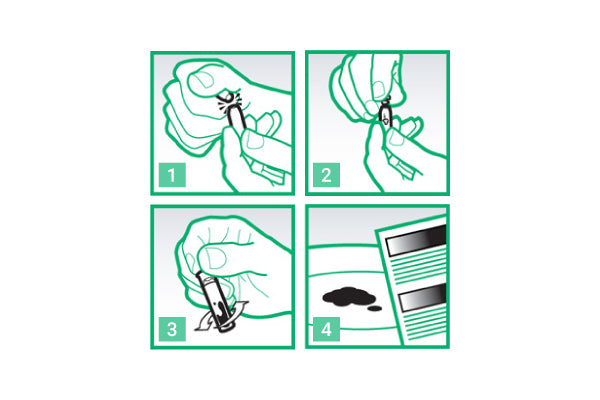
Instructions
1. Crack Open the Ampoule: Carefully break the ampoule to release the reagent.
2. Insert a Small Sample: Add a small amount of the substance you wish to test. For reagent testing we recommend using only a few milligrams of your sample – for example a few shavings from a pill or a few crumbs of powder. For samples absorbed onto blotter paper we recommend cutting off about an eighth of the tab to test. For liquid samples a drop or two will suffice.
3. Mix Thoroughly: Close the ampoule with the plastic lid and shake well to mix the sample with the reagent. Make sure that the lid is secure before shaking to prevent spillage of caustic reagents.
4. Observe the Reaction: Watch the colour change and compare it with the provided colour chart to identify the substance. Always perform reagent testing in bright white light and always examine the colour change against a white background.
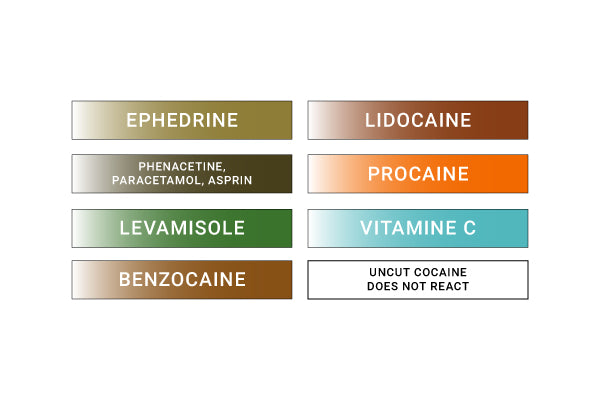
Interpreting the results
- Levamisole: Produces a green colour change with Liebermann reagent when present.
- Phenacetin: Produces a dark brown/black colour change with Liebermann when present.
- Ephedrine: Produces an olive colour change with Liebermann reagent when present.
See right for a visual representation of Liebermann reagent with levamisole, phenacetin, ephedrine and other possible cutting agents.
Useful Links
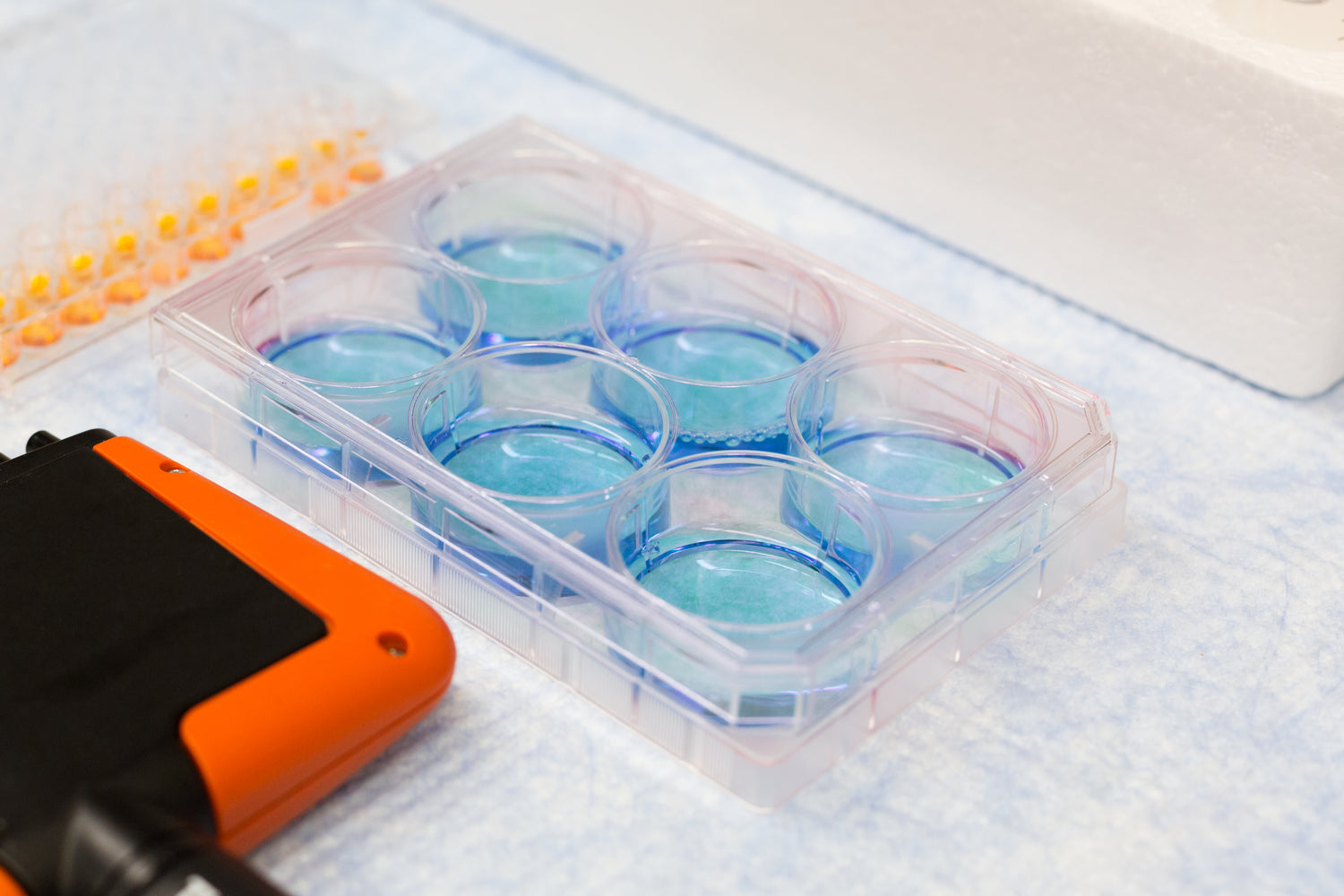
drug science reagent testing information
Any type of recreational drug use is likely to carry a degree of risk, both long-term and short-term. This is true for legal recreational...
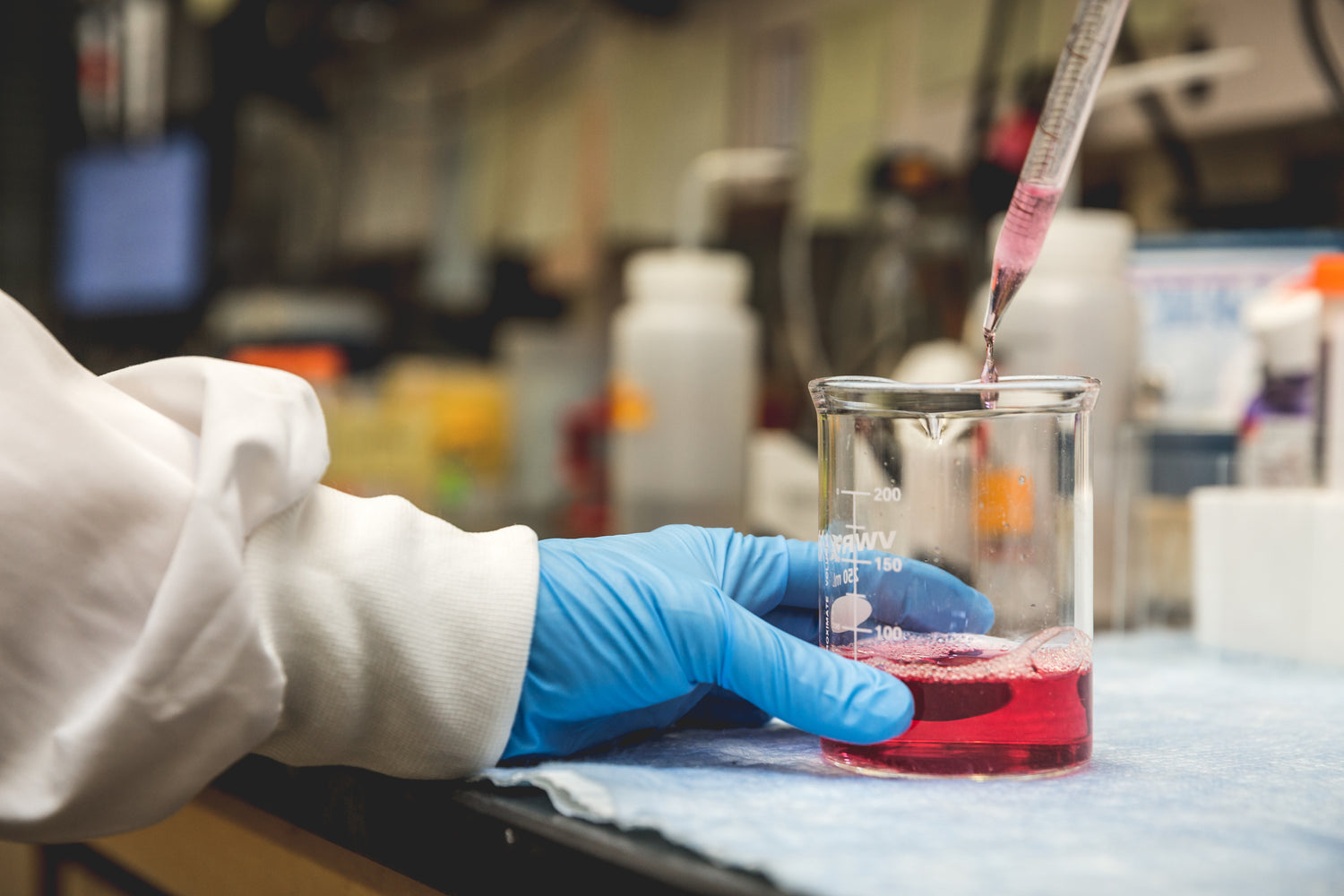
levamisole in cocaine
Levamisole is an imidazothiazole chemical most frequently used as an antihelminthic agent in cattle. Over the last decade, levamisole has been...

U.N. office data on products sold as cocaine
The cocaine market presents a clear threat at global level.
Well-defined locations of production in South America and
large consumer markets in the Americas and Europe lead to
trafficking routes from a circumscribed...

